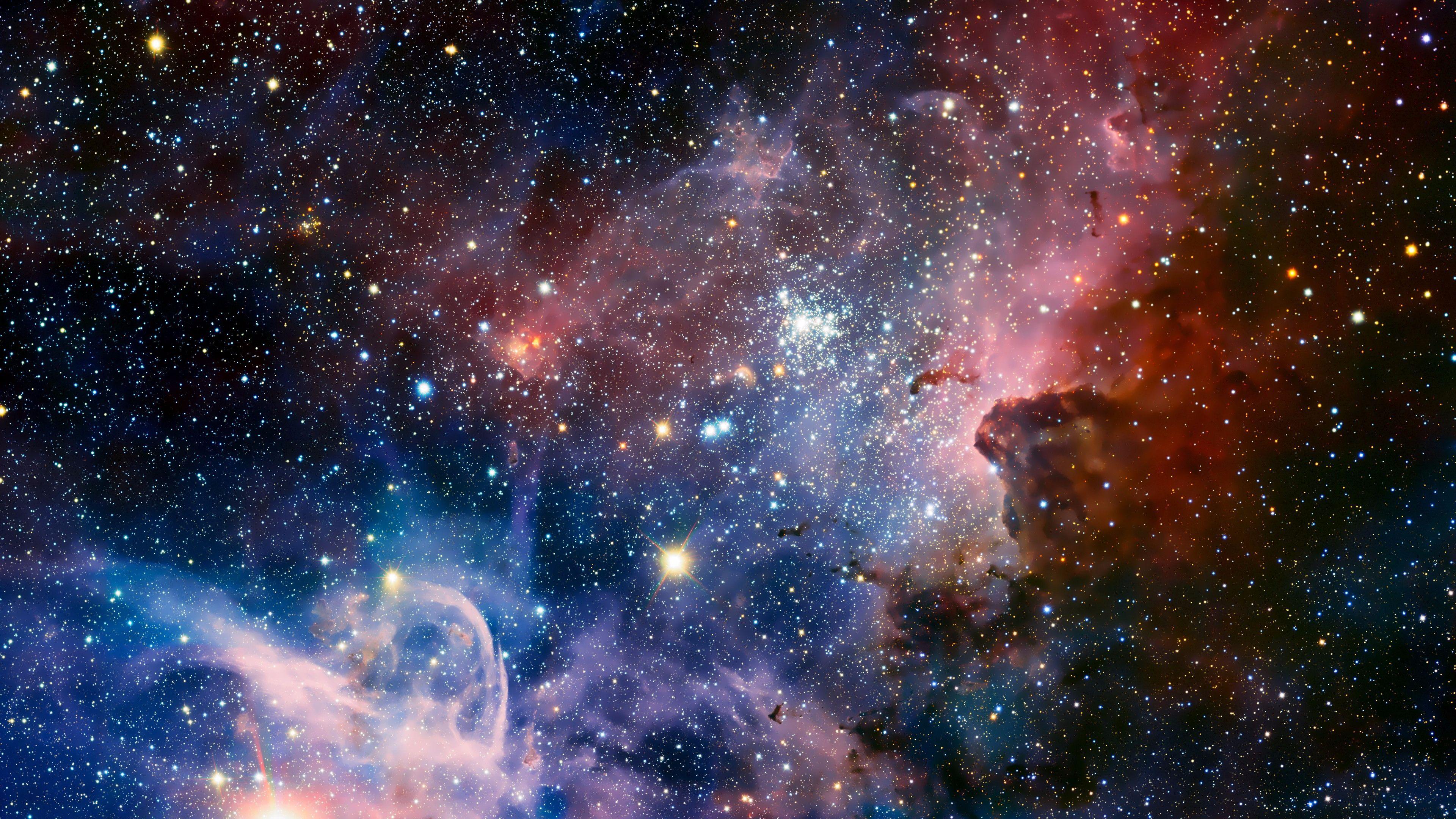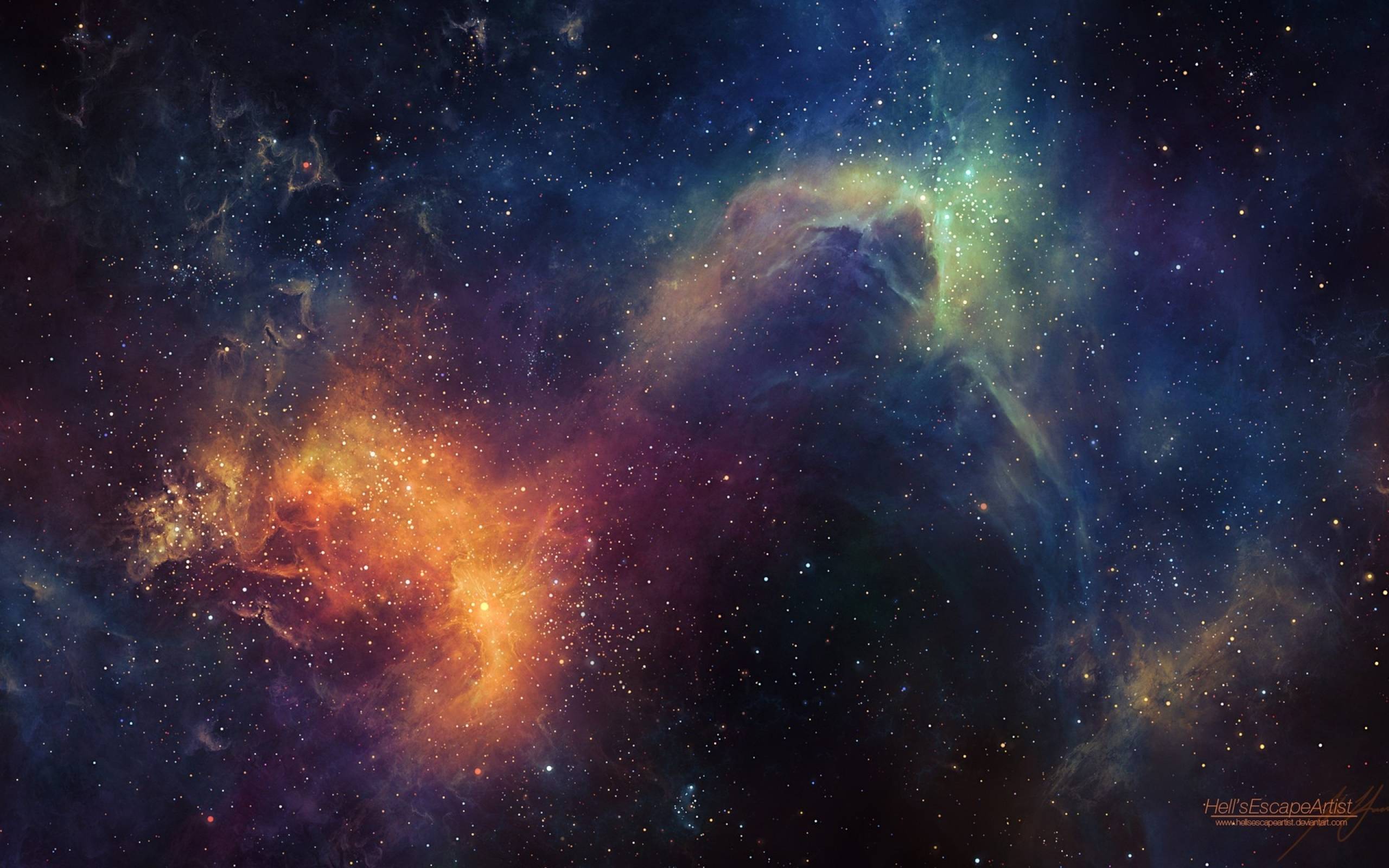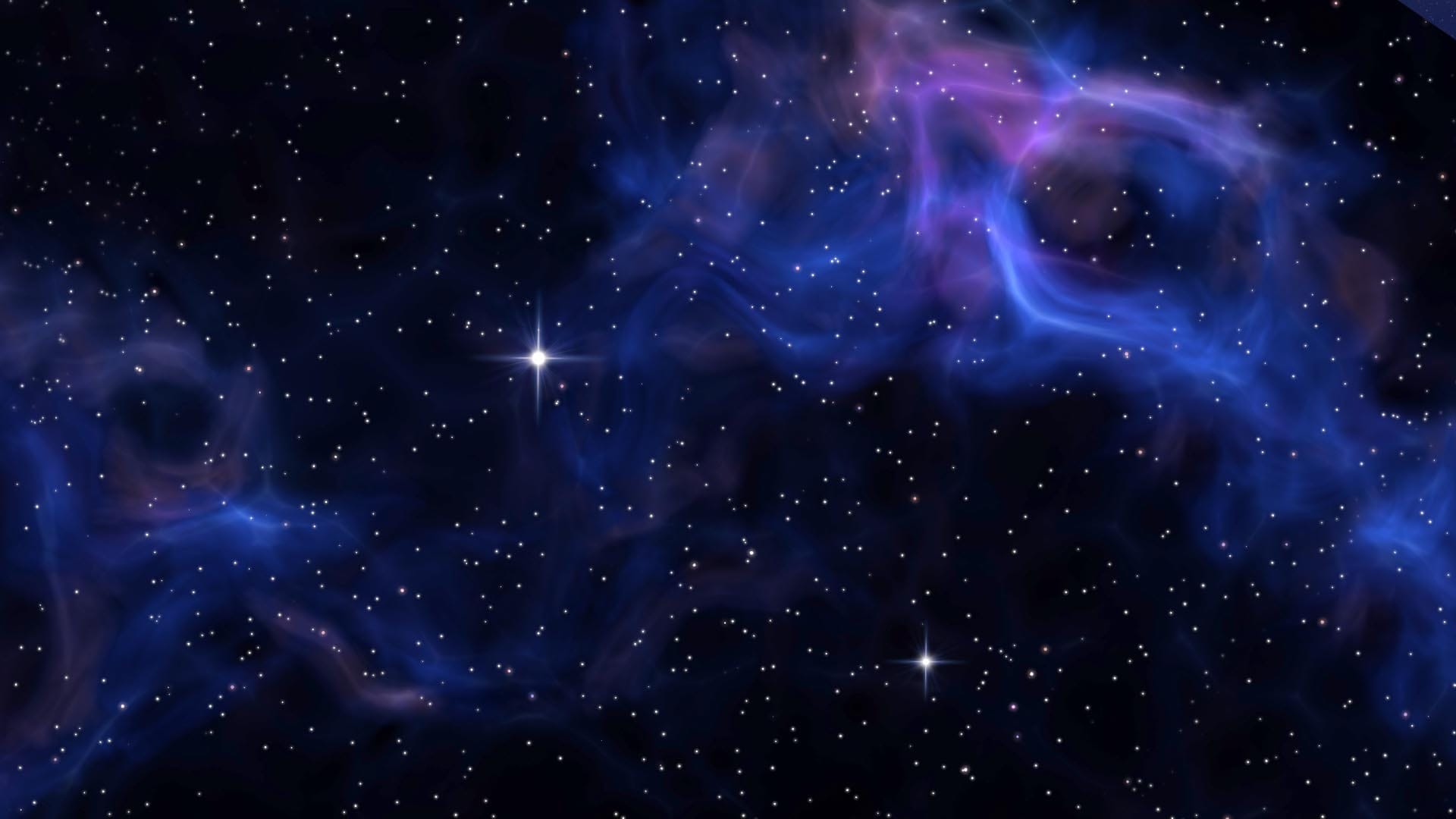Which Space Thought: Exploring Humanity's Cosmic Ideas
Have you ever stopped to wonder about the vastness above us, and what ideas that grand expanse might inspire? It's a truly amazing thing, this universe we live in, full of secrets and wonders. For generations, people have looked up at the night sky, and that looking has sparked countless questions, you know? We've always been curious about how everything works, and where we fit into the big picture.
This deep curiosity about space has led to some pretty remarkable discoveries, and also some truly mind-bending concepts. From the smallest particles to the largest structures, our quest to figure out the cosmos keeps pushing the boundaries of what we thought was even possible. It's a journey of constant learning, really, and it often challenges what we thought we knew about reality itself. So, what ideas, what insights, what amazing breakthroughs have come from looking out into the great beyond? That's what we're here to talk about.
In this piece, we'll explore some of the most fascinating "space thoughts" that have emerged from our collective efforts to understand the universe. We'll look at incredible findings, the tools we use to see so far, and even some of the wilder theories that make us rethink everything. It's a story of human ingenuity and endless wonder, and it’s still being written, which is pretty cool.
Table of Contents
- Unveiling Cosmic Giants and Gravitational Waves
- The Geometry of Space Reimagined
- Iconic Views from Hubble and JWST
- Spacetime and the Flow of Light
- Astronaut Journeys and Life in Orbit
- The Quest for Faster-Than-Light Travel and Quantum Mysteries
- Recent Missions Shaping Our Understanding
- The International Space Station: A Living Lab
- The Future of Space Exploration and New Perspectives
- Frequently Asked Questions About Space Ideas
- Looking to the Stars: Our Ongoing Quest
Unveiling Cosmic Giants and Gravitational Waves
One of the most incredible "space thoughts" of recent times involves the biggest black hole smashup we've ever picked up on. It's a truly amazing event, something that really pushes the boundaries of what we thought physics could explain. Scientists, using instruments like LIGO, have actually spotted gravitational waves from two massive black holes crashing into each other, you know? These weren't just any black holes; one was about 140 times the mass of our Sun, and the other around 100 times.
The detection of these waves is a huge deal, a very big step for science. It confirms a major prediction from Einstein’s theories, and it gives us a new way to listen to the universe. Before this, we mostly saw things with light. Now, we can feel the ripples in spacetime itself, which is just incredible. This kind of event, a merger of such enormous objects, actually challenges some of our current ideas about how black holes grow so large. It's almost like the universe is telling us there's more to learn, which is exciting.
The Geometry of Space Reimagined
When we talk about "which space thought," we also consider the very shape of space itself. Some fascinating ideas explore the concept of a hypersphere. Imagine, if you can, a kind of universe where its full three-dimensional space has a circumference, much like a circle has one in two dimensions. It's a bit hard to picture, but mathematically, this full circumference is given by a formula involving 2πr, so to speak.
What's even more interesting is how we might perceive this kind of space from within it. If you were to travel along a straight path, what we call a geodesic, inside this hypersphere, the observable distance to the "edge" would be different. It's given by a different calculation, something like (πr)/2. This kind of thinking really makes you consider how vast and perhaps strangely shaped our universe could be, and it's a topic that keeps scientists very busy.
Iconic Views from Hubble and JWST
Our ability to actually see far into space has also shaped our "space thought." The Hubble Space Telescope, for instance, famously showed us the Pillars of Creation back in 1995. It was a truly stunning image, and it captured the imagination of people everywhere. Hubble even got another impressive shot of these towering gas and dust formations in 2014, giving us a fresh look at these stellar nurseries. The latest pictures of these cosmic towers are just as breathtaking, if not more so, you know?
More recently, the James Webb Space Telescope, or JWST, has taken our cosmic vision to a whole new level. Its discoveries are already challenging some standard ideas, like how we think about light cones in a hyperspherical universe. These new images and data are providing incredibly detailed views of distant galaxies and the very early universe. It's almost like having a brand new pair of glasses that let us see things we never could before. These telescopes are absolutely key to how we think about space now, and they provide some of the best space pictures ever.
Spacetime and the Flow of Light
One profound "space thought" concerns how space itself expands, and how light moves within it. It's a rather elegant idea, really, that combines the notion of space expanding uniformly, much like points on a balloon moving further apart as it inflates. Yet, within this expanding fabric, the path light takes remains perfectly defined by the geometry of spacetime. It's a very clever way to describe something so complex.
This perspective helps us understand why light from distant galaxies appears redder, a phenomenon known as cosmological redshift. The space between us and those galaxies is simply stretching, extending the light's wavelength as it travels. It's a bit like a rubber band stretching, and the light waves stretching with it. This concept is fundamental to our modern view of the universe, and it shows how interconnected space and time truly are, you know?
Astronaut Journeys and Life in Orbit
The experiences of astronauts are a significant part of "which space thought" because they bring space down to a human level. For example, two U.S. astronauts recently returned home on March 18, splashing down off Florida's Gulf Coast after spending more than nine months orbiting Earth. This kind of extended stay in space, like that of astronauts Suni Williams and Butch Wilmore on the International Space Station, really adds to what we know about how space affects human health.
These long missions are incredibly important for understanding the challenges of living away from Earth. They help us prepare for even longer journeys, perhaps to Mars or beyond. The astronauts' personal stories and the scientific data they collect are invaluable. They teach us about bone density loss, muscle weakening, and even how our bodies adapt to microgravity. It's a very personal way of exploring space, and it's essential for our future plans.
The Quest for Faster-Than-Light Travel and Quantum Mysteries
Some of the most speculative, yet fascinating, "space thoughts" revolve around advanced concepts like a "hyper space engine." While still theoretical, the idea involves reactions like falling protons colliding with the nucleus of nitrogen, oxygen, and other elements, kicking out neutrons and protons while emitting energy. This kind of thinking pushes the boundaries of what might be possible for very fast travel across vast distances, you know?
Then there's quantum entanglement, which is a truly bizarre phenomenon. The correlation between entangled particles appears instantaneous, no matter how far apart they are. What's key, though, is that no usable information is transmitted faster than light through this process. It's similar to the expansion of space, which appears to make distant galaxies move away from us faster than light, but no object within that space is actually breaking the cosmic speed limit. These ideas challenge our everyday intuition about speed and connection, and they are a big part of cutting-edge physics discussions.
Recent Missions Shaping Our Understanding
Our "space thought" is constantly shaped by the incredible missions happening right now. In 2024, space missions spanned the solar system, bringing back amazing new information. For instance, China's Chang'e 6 mission nabbed moon dirt from the far side, a truly historic first. Percy, the Perseverance rover, found hints of ancient life on Mars, giving us more clues about our planetary neighbor's past. And the Europa Clipper launched, heading towards Jupiter's icy moon to search for signs of an ocean, which is very exciting.
Humankind accomplished new feats in space this year, really pushing the boundaries of what we can do. These missions aren't just about reaching new places; they are about gathering data that changes our entire perspective. They tell us about the composition of other worlds, the possibility of life beyond Earth, and the history of our own solar system. Each launch and each discovery adds another piece to our cosmic puzzle, you know?
The International Space Station: A Living Lab
The International Space Station (ISS) is a unique and extreme place, and it's a hub for "space thought" related to long-term living off-world. Researchers like Salido et al. have studied its microbial and chemical environment, which is largely driven by how the station is used. This is important because the ISS has a distinct environment compared to Earth, and understanding it helps us keep astronauts healthy.
Hundreds of surface swabs taken on the station have shown that it actually lacks microbial diversity, a kind of imbalance that has been linked to health issues in other settings. This kind of research is critical for future space habitats, as it teaches us how to design environments that support human well-being over very long periods. The ISS is a living laboratory, constantly providing data that shapes our ideas about sustained human presence in space, which is pretty neat.
The Future of Space Exploration and New Perspectives
The future of "which space thought" is incredibly bright, with new technologies and ideas emerging all the time. For instance, there's talk about quantum teleportation being made, a concept that sounds like science fiction but is becoming more real. While I don't have the exact source details, this kind of breakthrough, if it becomes common knowledge, will surely reshape our understanding of information and reality itself.
Companies like SpaceX are also a huge part of this future. I have several questions about a SpaceX launch that took place on March 24th of this year from Cape Canaveral, Florida. These commercial launches are making space more accessible, and they are pushing the boundaries of rocket technology. The space topic, in general, features the latest news in astronomy, cosmology, planetary science, exoplanets, and astrobiology, always evolving, always bringing new ideas to the forefront.
One truly thought-provoking idea is to consider light not as something that travels through space, but as a stationary medium, almost like the foundational layer of reality itself. This is a very different way to look at things, challenging our usual particle or wave view. It's the kind of innovative thinking that keeps space exploration, innovation, and astronomy news fresh and exciting. These are the kinds of ideas that truly redefine "which space thought" means for us.
Frequently Asked Questions About Space Ideas
What are the latest discoveries challenging our understanding of space?
Recent findings from telescopes like the James Webb Space Telescope are providing incredibly detailed views of the early universe, which is rather exciting. These new observations are sometimes challenging older models of how galaxies formed and grew. Also, the detection of very massive black hole mergers by instruments like LIGO is pushing the limits of our theories on how these cosmic giants come to be, so to speak.
How do scientists study the geometry of the universe?
Scientists study the universe's geometry by looking at how light from very distant objects behaves, and also by observing the cosmic microwave background radiation. They use complex mathematical models, like those involving hyperspheres, to describe potential shapes. Gravitational lensing, where massive objects bend light, also provides clues about the universe's structure and its expansion, which is pretty clever.
What new missions are exploring our solar system?
In 2024, there were several notable missions. China's Chang'e 6 collected samples from the Moon's far side, a truly historic achievement. The Perseverance rover on Mars continued to search for signs of ancient life, and the Europa Clipper mission launched, heading towards Jupiter's moon Europa to investigate its potential for an underground ocean. These missions are constantly expanding what we know about our cosmic neighborhood, you know?
Looking to the Stars: Our Ongoing Quest
The journey to understand "which space thought" is a continuous one, full of incredible breakthroughs and lingering mysteries. From the powerful gravitational waves that ripple across the cosmos to the intricate geometry of a hyperspherical universe, our ideas about space are always expanding. The stunning images from Hubble and JWST, the brave voyages of astronauts, and the cutting-edge research on quantum phenomena all contribute to this ever-growing body of knowledge.
Every new mission, like the recent endeavors to the Moon and Mars, adds another layer to our understanding. The International Space Station continues to serve as a vital laboratory, helping us prepare for future human endeavors further into the solar system. The questions we ask about space are fundamental to our existence, and the answers we find reshape our view of reality itself. To keep up with the very latest in space news and discoveries, you might want to check out a reputable astronomy news source, which is always a good idea. Learn more about space exploration on our site, and perhaps delve into the history of cosmic discoveries.

Colorful Space Wallpapers - Top Free Colorful Space Backgrounds

Outer Space Desktop Backgrounds - Wallpaper Cave

What Does Space Look Like | Information About Space | Interesting Facts